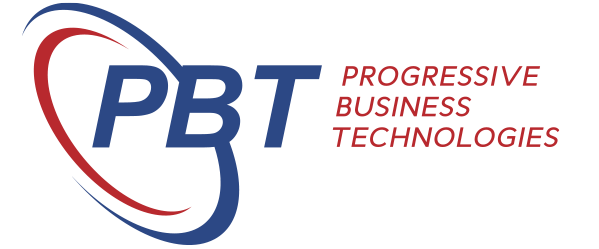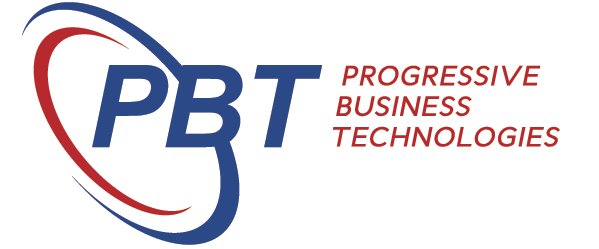Maximising Success in Business Systems Implementations: Our Proven Experience
With over 20 years of experience in implementing business systems, PBT has honed the art of successful new system implementations. We’ve learned that client dedication, collaboration, and effective project management are key ingredients for a seamless transition. Our aim is to guide you through common pitfalls to ensure a smooth and successful implementation.
Challenges and Solutions
- Lack of a Client Project Sponsor:
Having a committed project sponsor is vital for a successful business systems implementation. The sponsor brings vision, leadership, and decision-making authority to ensure alignment with strategic objectives. They allocate necessary resources, promote cross-departmental collaboration, proactively address risks, champion change management, and hold stakeholders accountable. They are the driving force behind the implementation, inspiring the team to excel and achieve transformative results.
- Lack of a Client Project Manager
Having a committed project manager who understands your company’s operations is crucial. Their ability to effectively manage and partner with the ERP Vendor, make timely decisions, monitor project progress, manage risks, and facilitate collaboration within the organization is paramount to meeting timelines and budgets, and to achieving desired outcomes.
- Poorly Defined Requirements
Solution Design is a critical phase of ERP implementation projects because it lays the foundation for the entire system. If this phases not well executed, the risk of a failed system implementation and/or significant budget overruns is very high. During this stage, key business requirements are identified, and decisions are made regarding the ERP systems’ design to ensure it meets the unique needs of the organization. Involving key stakeholders from each business division in Solution Design meetings is essential to ensure that your organisation’s specific requirements are identified and incorporated, minimizing the risk of costly rework later on. It aligns the ERP system with core business processes, enabling the organisation to streamline its operations and achieve greater operating efficiency.
- No Business Process Testing
Business Process Testing (BPT) involves validating the newly configured ERP system against the organisation’s specific business processes, ensuring that all functionalities align with real-world scenarios and requirements. BPT verifies that the system meets the organization’s unique needs, identifies any gaps or discrepancies, and allows for necessary adjustments before the project enters the End-User Training and User Acceptance Testing phases. A well-executed BPT phase helps the organization to avoid costly errors, optimize system performance, and ensure a seamless transition to the new system.
- Poor User Training
Inadequate or insufficient training can lead to resistance, inefficiencies, and costly mistakes, undermining the benefits of an ERP implementation. The effectiveness of the ERP system relies heavily on how well the end-users understand and utilize its functionalities. Proper training empowers employees to navigate the new system confidently, enabling them to perform tasks efficiently, maximize productivity, and minimize errors. When end-users are well-trained, they embrace the change with enthusiasm and become advocates for the ERP system, promoting smooth adoption across the organization. In contrast,
- Poor User Acceptance Testing
User acceptance testing allows staff to build on their training by gaining hands-on experience with the system. Proper User Acceptance Testing is essential for identifying and addressing potential problems before full deployment. Insufficient or ineffective testing may lead to undiscovered system errors, functional gaps, and usability issues that could hinder daily operations and decrease user satisfaction. This can result in a loss of confidence in the ERP system, resistance to change, and even the potential for reverting to old, less efficient processes.
- Resistance to Change
Employee resistance to change can hinder the organization’s ability to successfully implement a new ERP system. The lack of buy-in can result in delays, reduced productivity, and missed opportunities for process improvement and efficiency gains. To encourage buy-in and acceptance, clear and transparent communication about the benefits of the ERP system is essential. Involving employees in the decision-making process and providing adequate training, coaching and support can help alleviate fears and uncertainties.
- Budget Overruns
To avoid budget overruns, it is essential to ensure you fully understand what is in scope and out of scope in relation to your ERP project. Make sure this is clearly documented and agreed with your implementation partner. Ensure you understand your partner’s financial terms. Most projects are billed based on actual times and materials, not fixed costs. Ask your partner what tasks you and your team can perform and how your active involvement in project tasks can helps control costs and ensures successful outcomes.
- The Need for Excessive Post Go Live Support
The level of post Go Live support required correlates with the thoroughness and dedication displayed throughout the project stages. Clients who actively participate in and complete all of the stages well will often require less post Go Live support, containing costs. Ensure you have the right staff dedicated to the project from the very beginning, and ensure they have the time and the motivation to attend and thoroughly complete critical project activities.
Partnering with You for Success:
While managing business operations can be challenging, we understand the importance of avoiding common implementation challenges. We are here to assist you in identifying areas that require more attention, ensuring a smooth and successful transition. Together, we will achieve your implementation goals and equip your organisation for growth and efficiency. At PBT, your success is our top priority.


